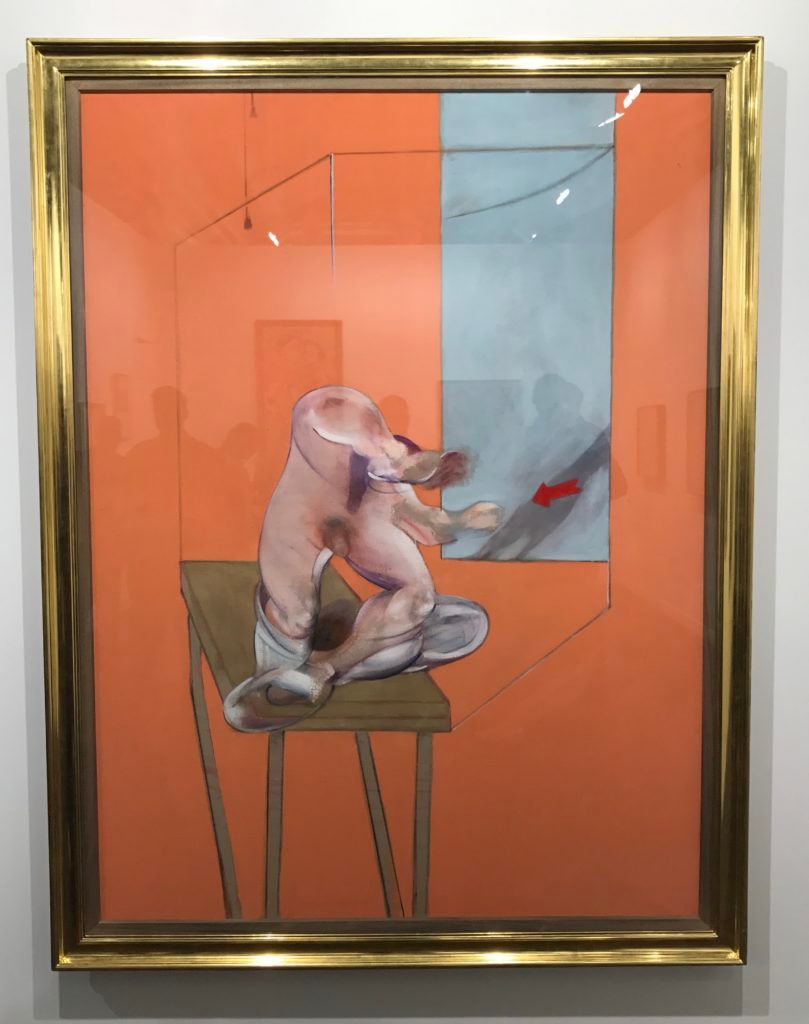Arts Work
Fran Bacon
The Human Body

Francis Bacon was an Irish artist and one of the most unique, engaging figurative painters to emerge during the post-war period. His grotesque imagery—contorted limbs, howling mouths agape, blood—served as method of exploring nihilism and death at a time when Europe had been repeatedly savaged by war. Inspired by both the Old Masters and Surrealism, Bacon produced several compositions based on the work of other painters, notably including his arresting Study After Velazquez’s Portrait of Pope Innocent X (1953). In this iconic work, Bacon transforms Diego Velazquez’s classic portrait into a screaming, terrifying figure. “I feel ever so strongly that an artist must be nourished by his passions and his despairs,” he once said. “The feelings of desperation and unhappiness are more useful to an artist than the feeling of contentment, because desperation and unhappiness stretch your whole sensibility.” Born on October 28, 1909 in Dublin, Ireland, the self-taught artist moved to London to escape a hostile home life. Bacon became part of the local art scene in the British capital, which included his friends Lucian Freud, Isabel Lambert, and John Deakin. After the death of Bacon’s lover in 1972, his work became even more personalized, with a renewed focus on mortality. In 1963, a retrospective at the Guggenheim Museum in New York brought international prestige, which continued until his death on April 28, 1992 in Madrid, Spain. Today, his works are held in the collections of The Museum of Modern Art in New York, the Tate Gallery in London, the Art Institute of Chicago, the Hugh Lane in Dublin, and the Albertina in Vienna, among others.
Hi! I am a robot. I just upvoted you! I found similar content that readers might be interested in:
http://www.artnet.com/artists/francis%2Dbacon/